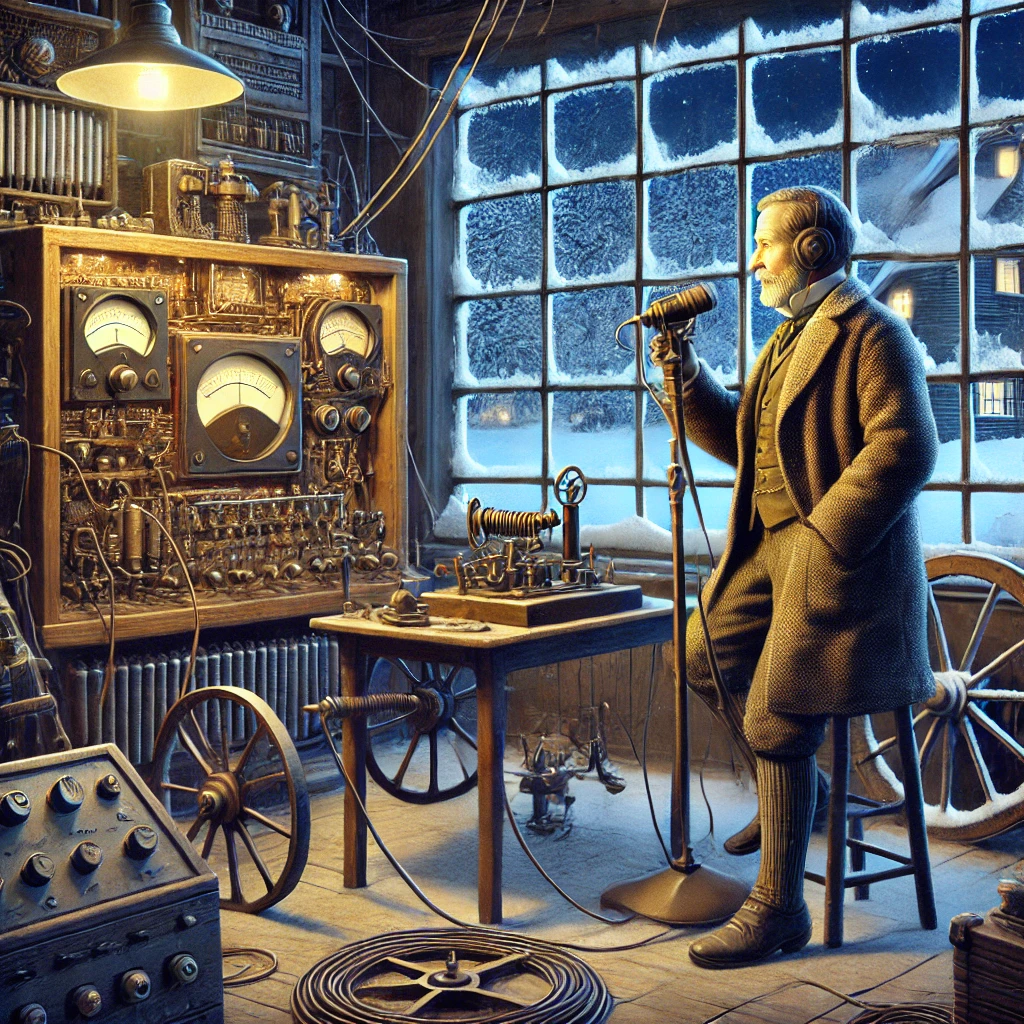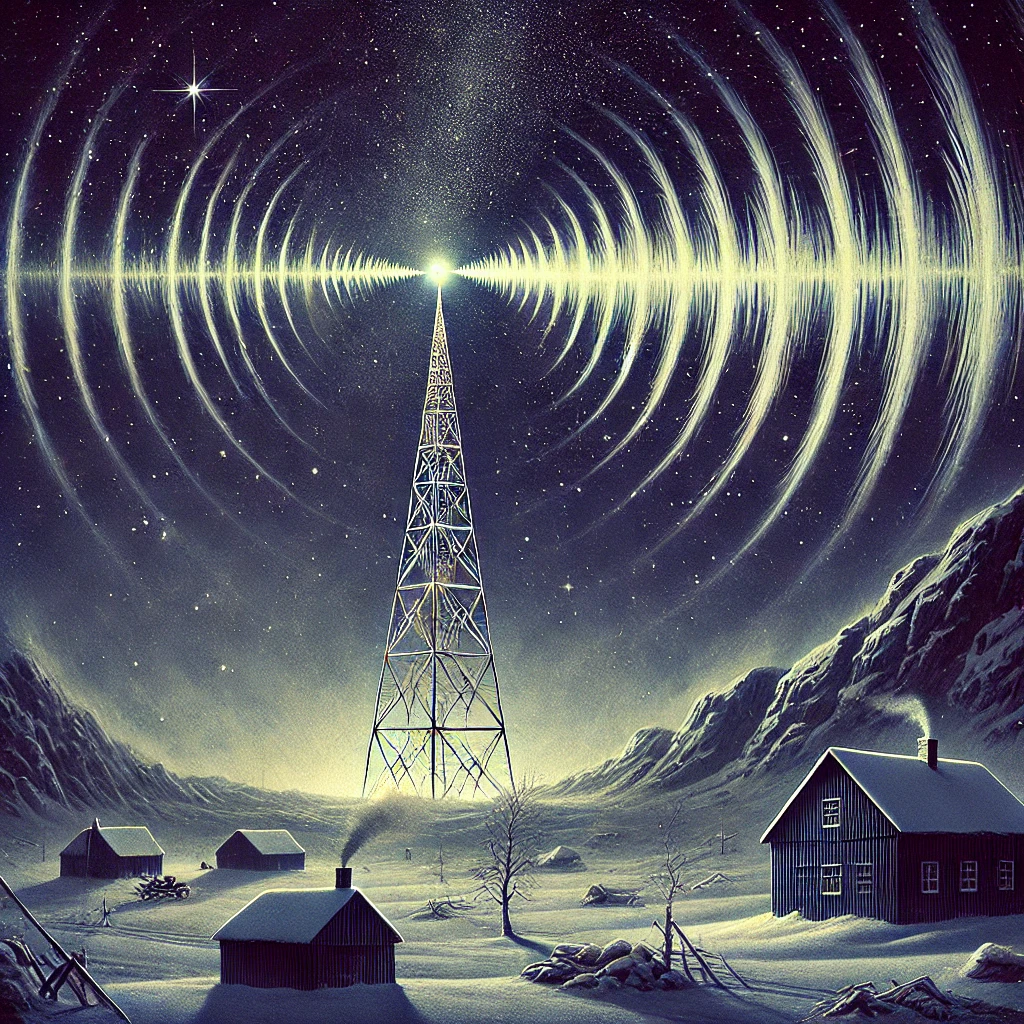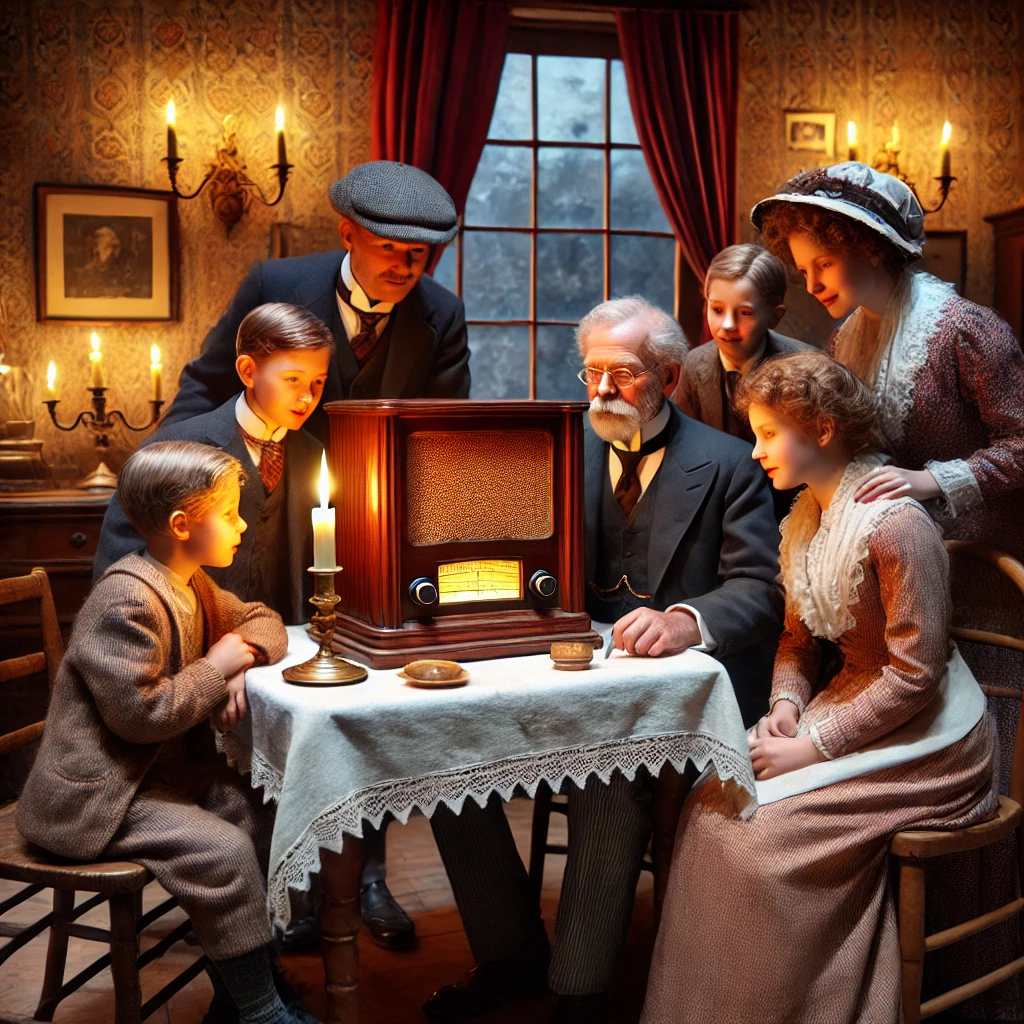A pioneering moment in communication history occurred on December 24th, 1906, when Reginald Fessenden made the first known radio broadcast, transmitting a program that included music and a reading of the Bible. This groundbreaking event not only marked a milestone in technological innovation but also laid the foundation for modern broadcasting as we know it today. Fessenden’s achievement demonstrated the potential of radio waves as a medium for mass communication, altering the trajectory of human connectivity and information sharing.

The Historical Context: Innovation and Experimentation
In the early 20th century, the concept of wireless communication was still in its infancy. While pioneers like Guglielmo Marconi had successfully transmitted Morse code via radio waves, the idea of transmitting voice and music remained untested. Reginald Fessenden, a Canadian inventor and visionary, sought to go beyond the limitations of telegraphy. His work on amplitude modulation (AM) technology allowed for the transmission of sound waves over long distances, a revolutionary leap in communication science.

On Christmas Eve of 1906, Fessenden put his theories into practice. Using a specially designed alternator-transmitter, he broadcasted from Brant Rock, Massachusetts, to ships at sea. The program included a violin performance of “O Holy Night,” a reading from the Bible, and a message wishing sailors a Merry Christmas. This experiment not only proved the feasibility of radio broadcasting but also captivated the imagination of listeners, offering a glimpse of the transformative power of wireless communication.
Lasting Impact and Modern Relevance

The legacy of Reginald Fessenden’s first radio broadcast continues to resonate today. His work laid the groundwork for the development of both AM and FM radio, technologies that have connected people across vast distances for over a century. Radio broadcasting evolved into a powerful tool for cultural exchange, education, and public service, influencing everything from music trends to political movements.
Moreover, the principles behind Fessenden’s experiments are still foundational in modern communication systems. Technologies like television, mobile phones, and even internet streaming owe their existence to early breakthroughs in radio wave transmission. Fessenden’s vision of using wireless communication to bridge distances remains as relevant as ever in our interconnected world.
Reginald Fessenden’s groundbreaking broadcast on Christmas Eve of 1906 was more than a technological triumph; it was a cultural milestone. It marked the beginning of an era where voices and stories could travel beyond the limits of geography, connecting humanity in ways previously unimaginable. As we celebrate this historic achievement, we are reminded of the profound impact of one man’s vision on the world of communication and beyond.
